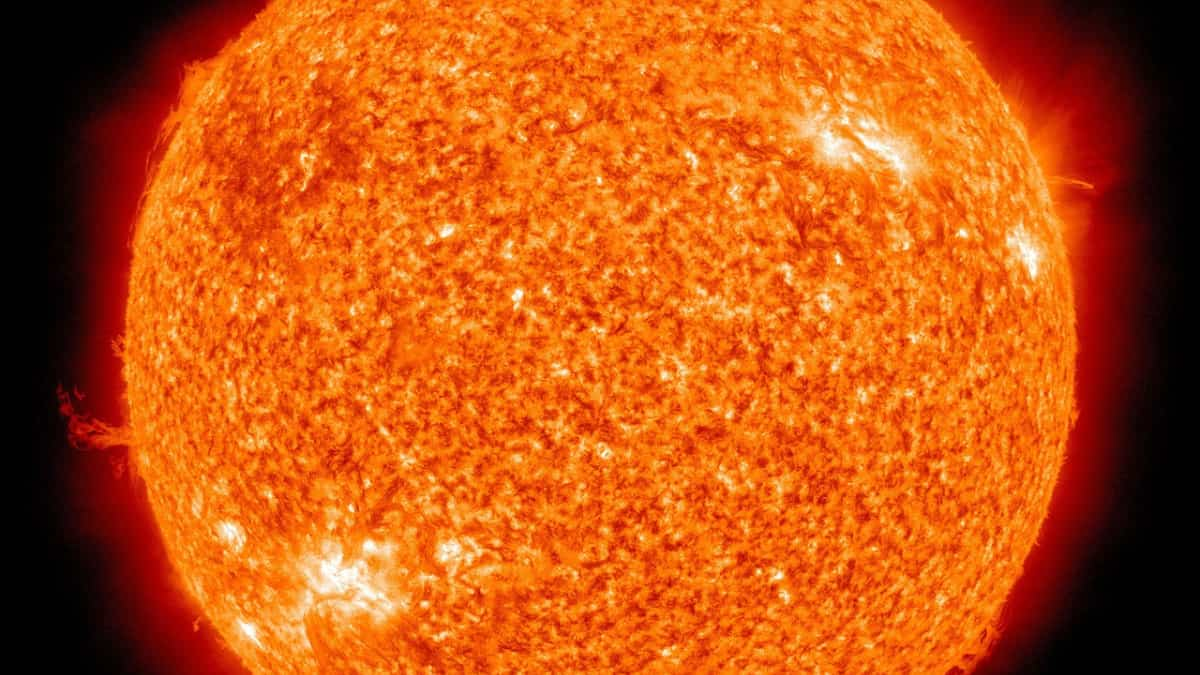Massive Solar Flare Detected from the Sun
A massive solar flare powerful enough to ionize part of Earth’s atmosphere was detected on Thursday (March 28). Scientists utilized satellites from the National Oceanic and Atmospheric Administration (NOAA) to observe this significant solar event.
Details of the Solar Flare
- The flare was classified as an X1.1 flare, indicating its intensity.
- Solar flares are explosive events that occur on the sun’s surface when magnetic-field lines suddenly break, resulting in the release of intense bursts of electromagnetic radiation.
Impact of the Solar Flare
According to NASA, X-class flares are the most powerful explosions that the sun can generate. The recent solar flare caused a “deep shortwave radio blackout over the Pacific Ocean,” as reported by Space Weather.
The solar flare was accompanied by the expulsion of plasma in the form of a Coronal Mass Ejection (CME). While initial predictions suggested that the CME might collide with Earth, it is now expected to miss our planet. A collision with Earth could have led to a geomagnetic storm affecting satellite operations.
Recent Solar Activity
This latest solar event follows a “double” X-class flare that occurred on Monday (March 25), resulting in the most powerful geomagnetic storm since 2018. The March 25 event involved a phenomenon known as a sympathetic solar flare, involving two simultaneous solar explosions.
Solar Maximum and Future Implications
Scientists speculate that the Sun may have entered a phase of peak explosive activity known as solar maximum. This solar maximum has begun a year earlier than previously forecasted, marking a significant point in the sun’s 11-year solar cycle.
















































